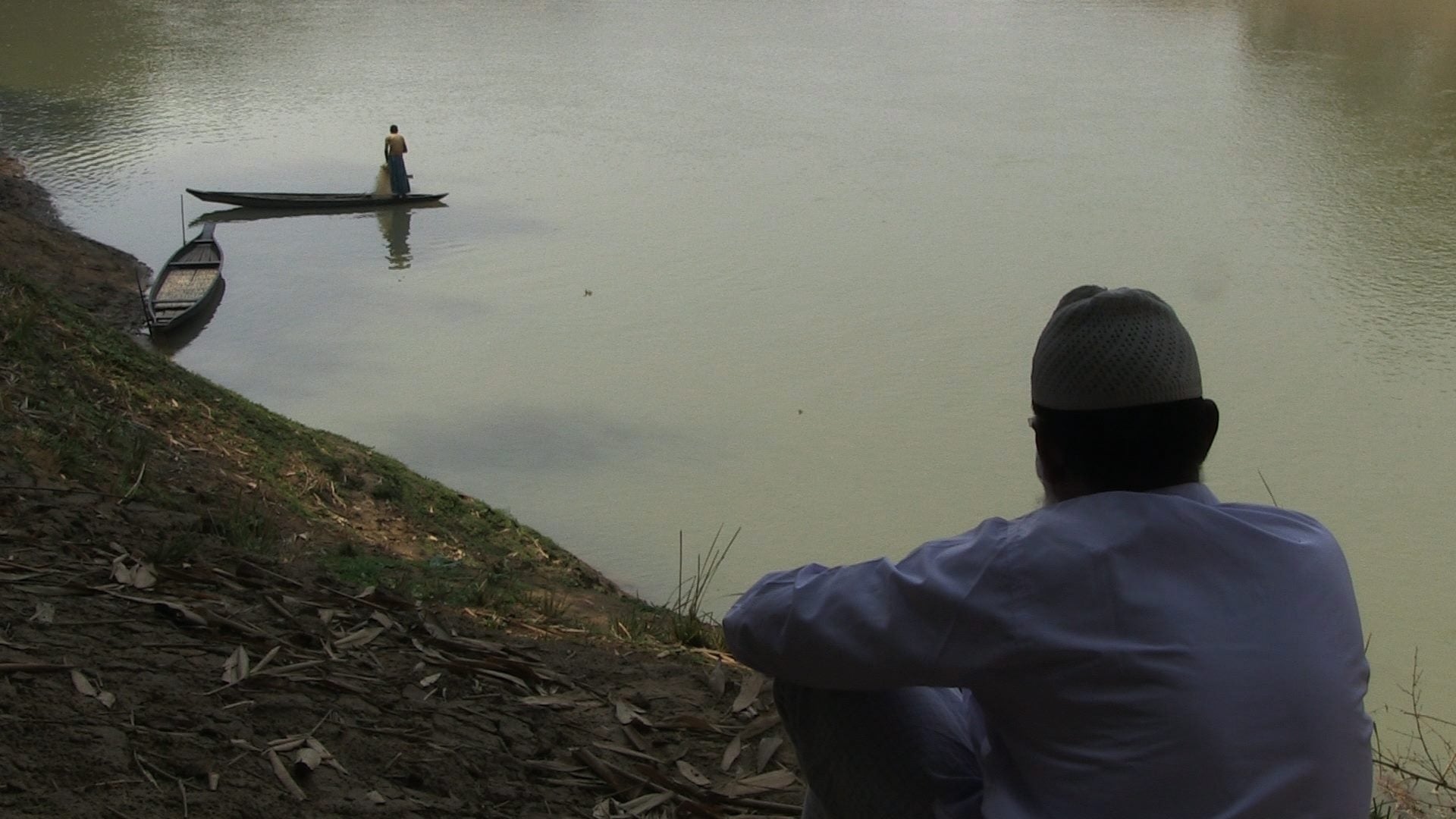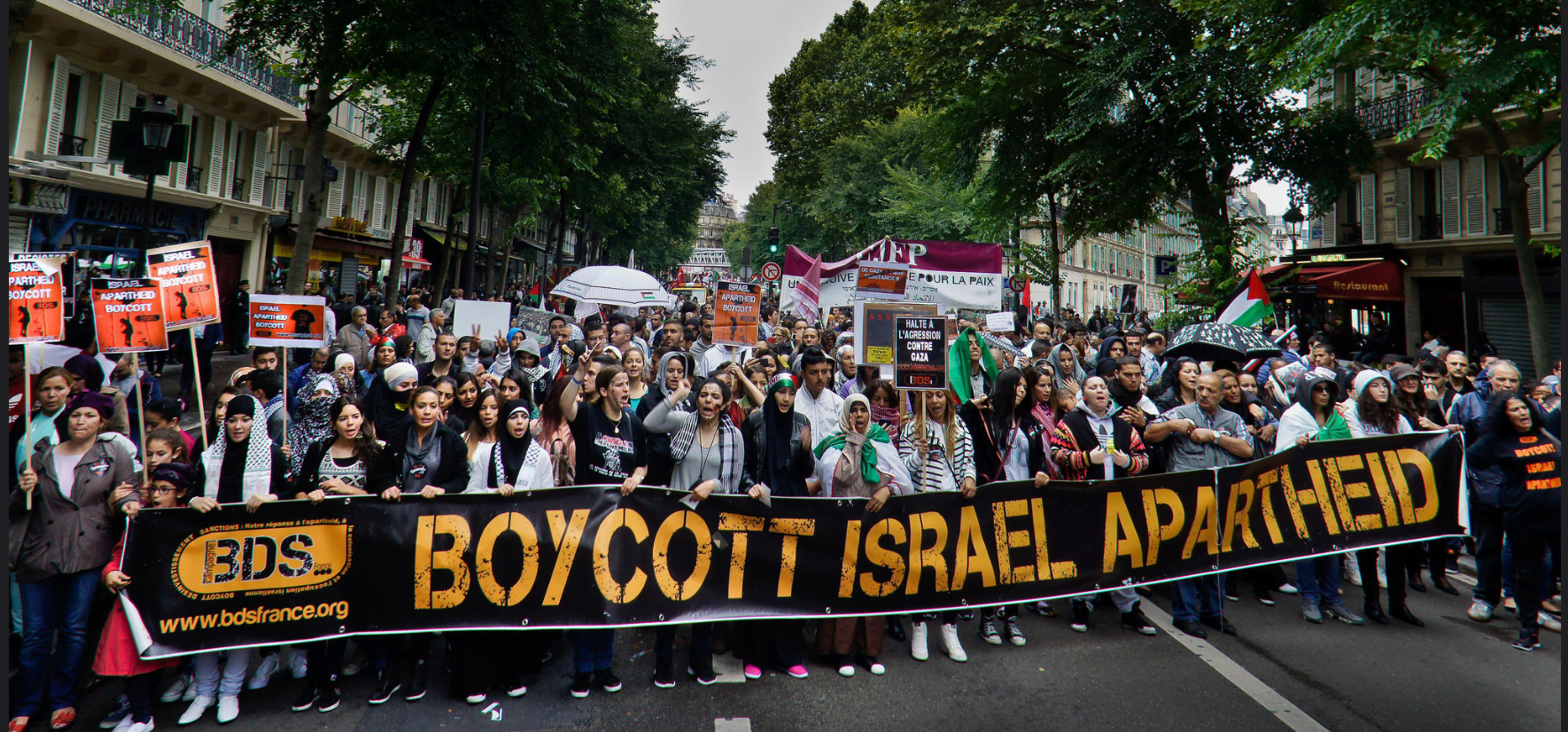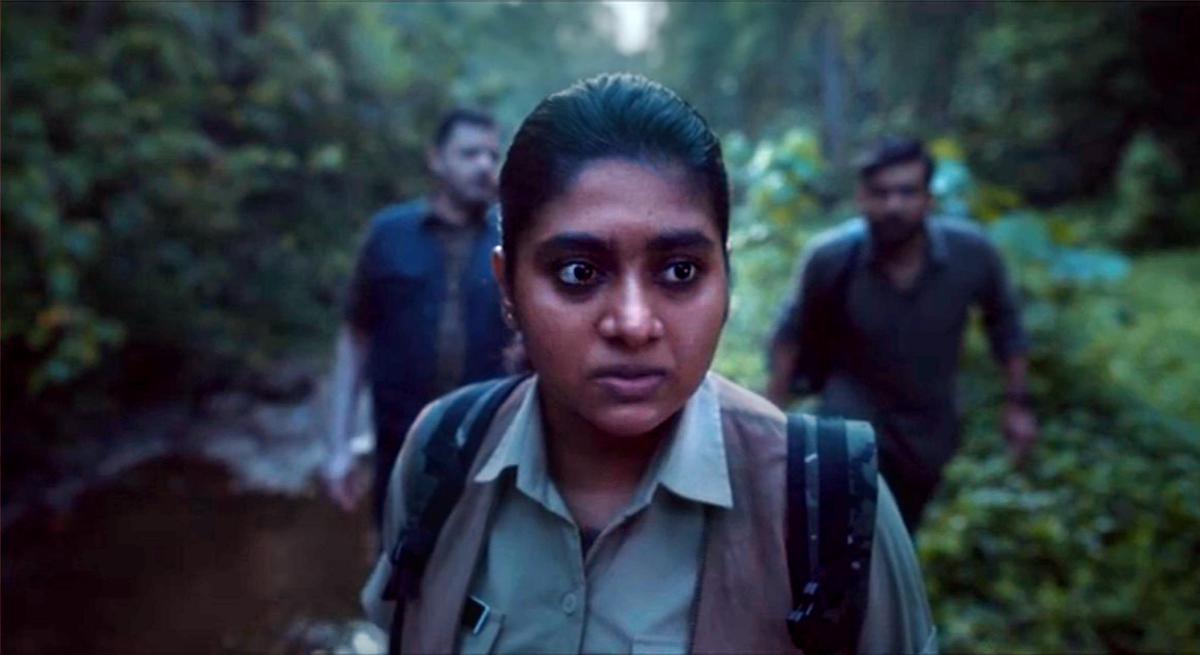On the morning of February 18, 1983, more than 1800 people were killed in Nellie and 13 other villages of Nowgong (Nagaon) district of Central Assam. These villages were mostly Muslim-dominated villages. Around 8 AM, a large mob, armed with machetes and guns, allegedly consisting of members from Tiwa (lalung) tribe, as well as some Assamese Hindus, surrounded these villages and marched to the sound of drums and slogans like “Long Live Assam”.
These 14 villages – Alisingha, Khulapathar, Basundhari, Bugduba Beel, Bugduba Habi, Borjola, Butuni, Indurmari, Mati Parbat, Mati Parbat No. 8, Muladhari, Silbheta, Borbori and Nellie – were all attacked simultaneously; survivors of the attack recall attackers coming in from different sides to trap the villagers in the middle, until they had nowhere to run. Majority of those who died that day were women, children, and the elderly who could not run fast enough to escape the violence. The killings began at 8 AM and went on till 3 in the afternoon — six whole hours.
Haji Sirajuddin, a survivor of the violence, recounted the horrors of that day to The Caravan, “I remember seeing dead bodies strewn across the paddy fields. The stagnant water in the fields had turned red because of the amount of blood flowing in it. Only human beings are capable of inflicting this kind of violence on each other.“
Majority of those who died that day were women, children, and the elderly who could not run fast enough to escape the violence. The killings began at 8 AM and went on till 3 in the afternoon — six whole hours.
So what were the causes behind this violence?
To understand this, we need to trace the beginnings of Assam’s anti-foreigner agitation. The All Assam Students Union (AASU) and the Asom Gana Parishad had been spearheading the Assam Agitations – an anti-foreigner movement in the state since 1979. Their main demand was the deportation of ‘illegal immigrants’ (Bangladeshis) from Assam and removal of the names of these ‘illegal immigrants’ from the voter list of the state. They claimed that political parties were winning elections on the basis of illegal electoral rolls.
Prafulla Mahanta, one of the leading faces of the Assam Agitation, told the Indian Express, “We were student leaders then and you know there was a feeling amongst the people of the Northeast region, mainly Assam, that we had become a minority in our own home due to infiltration from Bangladesh.” The agitation was driven by a fear of indigenous tribal people and the Assamese losing their jobs, land, and political power to ‘Bangladeshis’.
1979 onwards, Assam witnessed consecutive collapse of several governments. The Janata Party collapsed in 1979 as it was headed for a split. In December 1980, Congress (I) formed a government that lasted not more than 6 months, following which the President’s rule was imposed. In 1982, a new Congress government was formed under the leadership of Keshab Gogoi, which was in power only for 2 months.
Simultaneously, several ethnic clashes were being reported during with period, especially with the formation of All Assam Minorities Students Union (AAMSU), which demanded that all those who came to Assam before 1971 be granted citizenship –– in direct opposition to the stand taken by AASU. There was also immense paramilitary presence in the state. Despite the endless conflicts and the massive resistance from groups like AASU and the general public, the Indira Gandhi–led government decided to call for assembly elections in Assam in February 1983. However, the leaders of the Assam Movement urged the general public to boycott the Assembly elections.
However, the Bengali Muslims across the state chose to ignore the boycott and vote in the assembly elections, in defiance of the anti-election protests. In Nellie and surrounding villages, polls opened on 14th February 1983. For Bengali Muslims, voting was the means through which they could effectively prove their claim to Indian citizenship, when it was being constantly threatened by the on-going agitations. It is believed that their defiance was the immediate reason for violence against them.
The survivors of the 18th Feb violence lived in a makeshift refugee camp in a government school in Nellie for the first two weeks after the massacre. As a result, the massacre came to be known as the Nellie Massacre.
According to a report by India Today, after the opening of the polls, anti-election protesters urged the public to socially ostracise pro-election Muslims and asserted that anyone trading with them would be fined Rs. 500.
India Today also reported that two days prior to the Nellie Massacre, five Lalung children were found dead in the Lahorigate area near Nellie. The Lalung tribesmen were anti-polls and anti-foreigners, and were reportedly involved in the violence against the Bengali Muslims in Nellie and surrounding areas.
The survivors of the 18th Februar violence lived in a makeshift refugee camp in a government school in Nellie for the first two weeks after the massacre. As a result, the massacre came to be known as the Nellie Massacre. Indira Gandhi and Zail Singh, the Prime Minister and President, respectively, visited the refugee camps within a couple of weeks, and promised both adequate compensation and an investigation into the violence.
However, the police filed charge sheets in only 299 of the 688 FIRs registered, concluding with zero prosecutions. The next of kin of the deceased were given Rs. 5,000 as compensation and the injured got Rs. 3,000. In addition to this, the survivors were given two bundles of tin sheets to rebuild their homes
In 1983, the Tewary Commission was set up to enquire into the matter, and it submitted a report of its findings in May 1984 to the state government. But the report was never tabled. According to Scroll.in, the report was made public only after an RTI was filed by civil society organisations. The story that emerges from the testimonies recorded in the Tewary Commission is that of poor administration and narrows responsibility down to 3 specific officers.
However, the report was full of contradictions; “For the most part, the Tewary commission exonerates the law and order machinery: ‘There were lapses of individuals but the system worked well.’ Yet its own findings contradict this statement. In almost every district, it is the same story – trouble starts with the AASU declaring a boycott and extremist offshoots of the agitation implementing it with violence. Roads were blocked, bridges blown up and phone lines cut. Isolated police officers, short of vehicles and unable to communicate, found themselves unable to contain large-scale violence. What system, exactly, was working well?”, reported Scroll.in.
No doubt Assam has an extremely complex history, with brewing contestations between tribes, tribes and non-tribes, and over religious identities, given its diversity. However, can a complex reality of a region ever justify such violence? The horrors and injustices against Bengali Muslims in Nellie and its surrounding villages should never be forgotten.
Feature Image Source: The Wire.in




